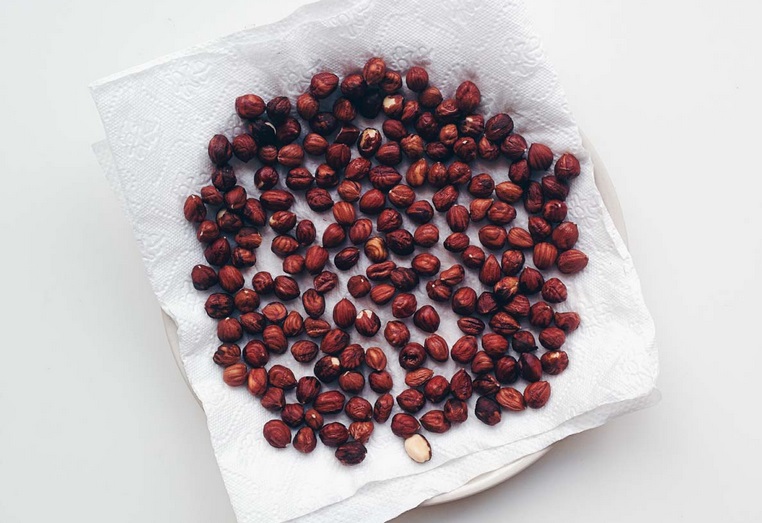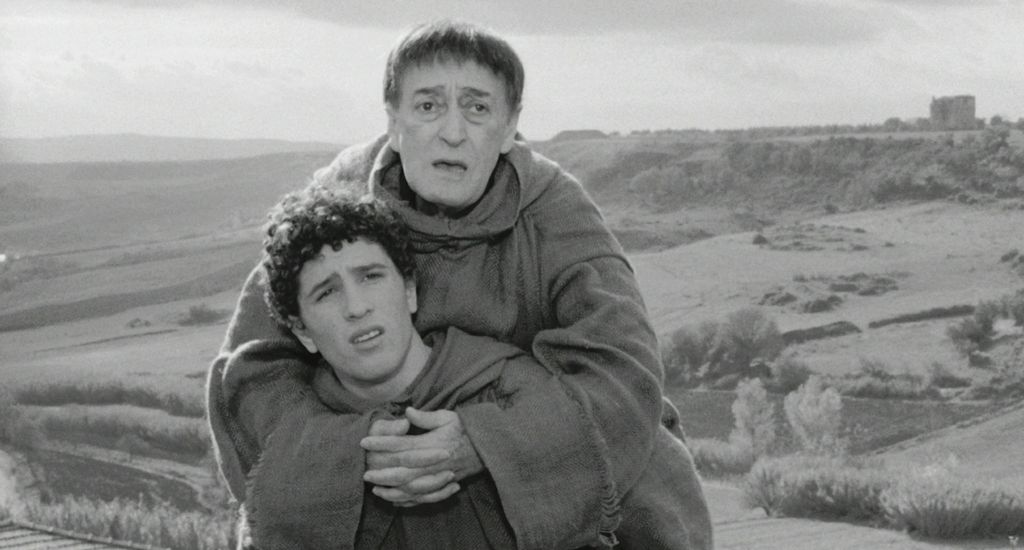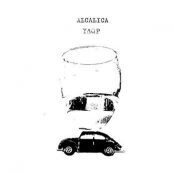[dropcap style=”font-size:100px; color:#992211;”]T[/dropcap]aking bids on hen’s teeth, rocking horse crap and gold dust.
And straight coppers, natch. Slaaaaaaag!
When something is rare, it’s alluring – true whether you’re talking about precious gemstones or a pristine edition of the first issue of Action Comics . And psychologists have long known that you can make a consumer good more desirable by making it appear rare.
But how does scarcity, or the appearance of scarcity, affect choice when several consumer products are presented at once? That’s the question Rebecca Ratner, professor of marketing at the University of Maryland’s Robert H. Smith School of Business, and Meng Zhu, of Johns Hopkins University, attack in a new paper. They found a clear pattern: Scarcity polarizes preferences.
“When people perceive a bunch of items to be scarce, they choose relatively more of their favorite item,” Ratner says. “They become less exploratory. They focus on their leading option.”
On the other hand, in situations of abundance–lots of each possible option–they spread out their selections. These findings have implications for anyone trying to “nudge” people toward certain options.[quote]scarcity induces mild
psychological arousal
in consumers[/quote]
Ratner and Zhu conducted several experiments in which they asked people to choose among an array of goods–typically in online surveys accompanied by photographs. The choices they faced included different flavors of yogurt, different vegetables, different small candies, and different gift certificates. In each case, there was the same pattern: When the items were presented as scarce, customers took more of their favorites, and they subjectively rated their favorite items higher.
The effect emerged whether the scarcity was “real” or merely apparent. In one experiment, the same number of vegetables were placed in 8 oz. clear-plastic containers, making the containers look full-to-the-brim, or in 32 oz. containers, making the vegetables look scant. When they looked scant, the polarized reaction kicked in.
The authors theorized that scarcity induces mild psychological arousal in consumers, and they found evidence of this in self-reports. And Ratner and Zhu were also able to change people’s decision making by inducing arousal: When surveys had bright background colors (which increase arousal), the polarizing effect increased.
The researchers could even introduce the scarcity effect by exposing the test subjects to words related to rarity.
The research has obvious implications for retailers. If you have one popular high-margin product that you’d like to steer customers to, one course of action would be to make that the only product on display. But customers view stores with small sections negatively, so a better alternative would be to present only a few of each product the store offers, thereby increasing desire for the most-popular item.
On the other hand, if you wanted to encourage students in a cafeteria to put together a well-balanced meal–protein, fiber, greens–the study implies you should present many of each choice.
The study has implications, too, for how policymakers and communicators should frame the messages they send about rare and endangered natural resources. “If you say that national parks are a scarce resource for the country, the implications of our finding are that that message might lead people to go to the national park that is most appealing to them,” Ratner says. “The additional traffic could potentially degrade that resource.”
In short, saying “This is scarce” can backfire.
Source: University of Maryland
Photo: Foodiesfeed

Some of the news that we find inspiring, diverting, wrong or so very right.




















